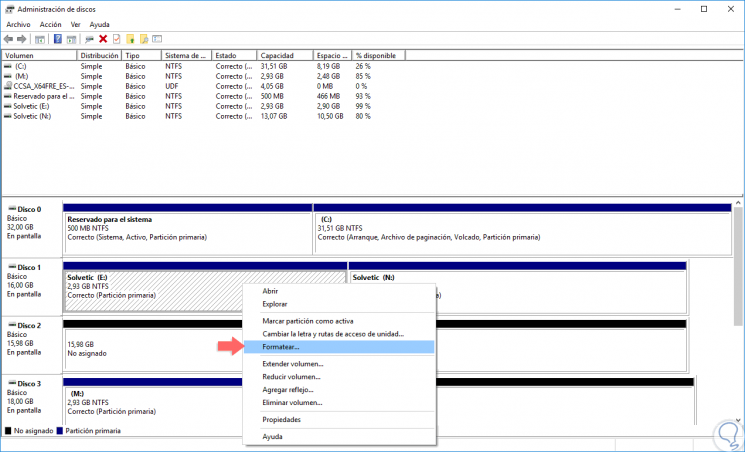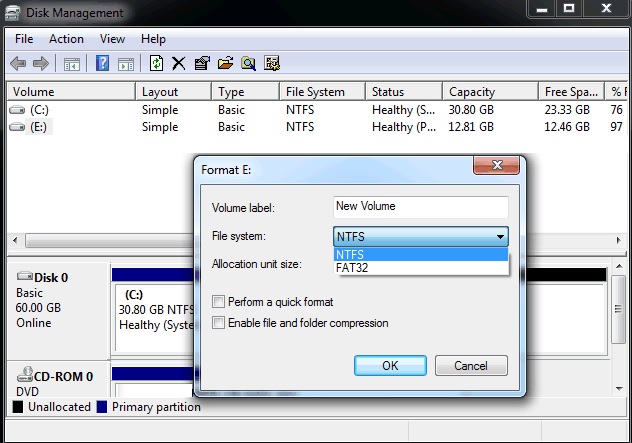
- HOW TO FORMAT DISK WINDOWS 10 PORTABLE
- HOW TO FORMAT DISK WINDOWS 10 PC
- HOW TO FORMAT DISK WINDOWS 10 MAC
- HOW TO FORMAT DISK WINDOWS 10 WINDOWS
If you formatted your hard drive using HFS+, you’ll need to add another partition so that you can both store files and use Time Machine. When you’ve completed the process, you can open the external drive by clicking the drive’s icon on the desktop of your Mac.
HOW TO FORMAT DISK WINDOWS 10 WINDOWS
It’s possible, but tricky, to change the size of a partition later on in Windows and macOS we recommend backing up the data on your drive before attempting the task, since it’s possible to wipe your drive doing this.

Make sure to leave plenty of room for future backups on both partitions. Now your computer will see your single physical drive as multiple, smaller drives.
HOW TO FORMAT DISK WINDOWS 10 PC
First, partition the drive using Disk Utility in macOS and (using our walk-through below) format one part as HFS+ and the other as FAT32 then, plug the drive into your Windows PC and reformat the FAT32 portion as NTFS. If you want to use a single external hard drive for both File History and Time Machine backups, you can partition it so that some of the drive is NTFS and the remainder is HFS+.Unfortunately, FAT32 isn’t any good for storing movies and other large files, as it has a size limit of 4 GB per file, so your files have to be small. FAT32 was introduced in Windows 95 in 1997, but it remains useful because nearly every system can work with it. FAT32 (File Allocation Table 32) is an older file system that both Windows machines and Macs still support.exFAT works on both macOS and Windows, and it doesn’t have the 4 GB file-size limit that FAT32 does, so you’ll be able to back up movies and other large files.
HOW TO FORMAT DISK WINDOWS 10 MAC

(Check the product listing to confirm the drive will be labeled as an HDD or SSD.)

HOW TO FORMAT DISK WINDOWS 10 PORTABLE
If you buy an external drive-such as one of our recommended portable or desktop hard drives, portable solid-state drives, or USB 3.0 flash drives-you may need to reformat it to work with your operating system of choice, since different operating systems use different file systems to process data.Īlthough it’s true that any drive is compatible with both Windows and macOS once it’s formatted properly, most drives come preformatted for Windows out of the box.


 0 kommentar(er)
0 kommentar(er)
